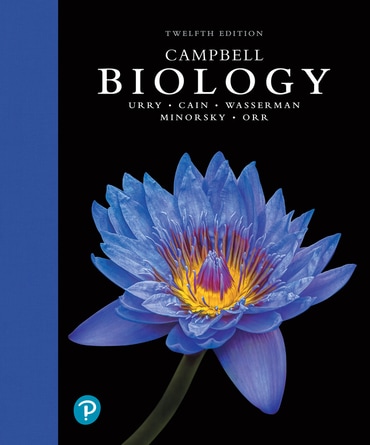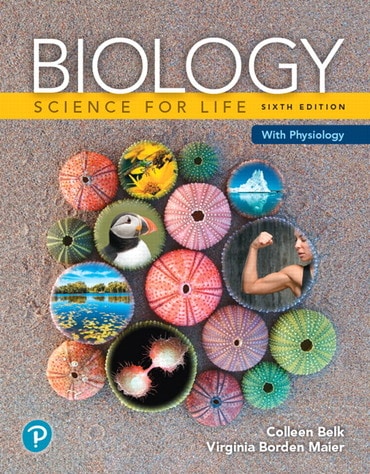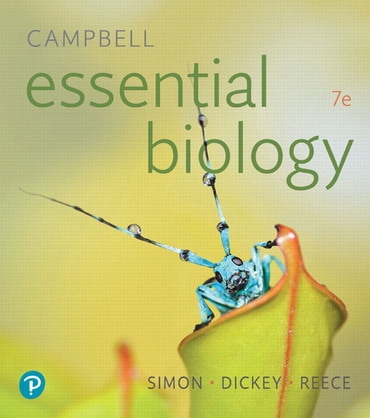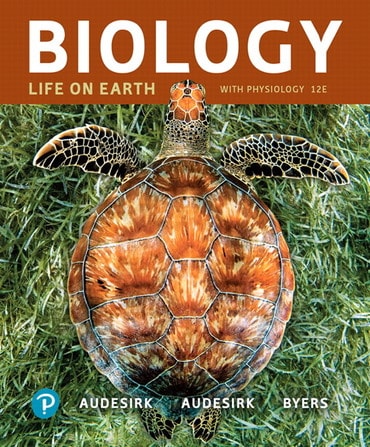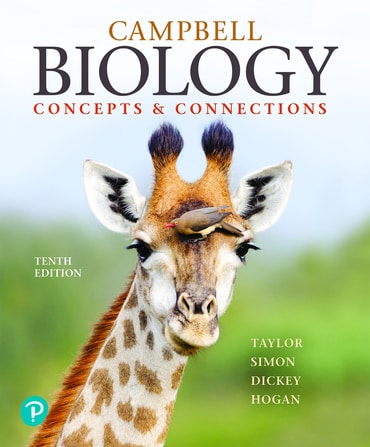Elevate your approach to student assessment in STEM with Dr. Rebecca Orr. Learn to design tests that truly measure critical thinking, set clear expectations, and conduct fair evaluations.
Biology
Engage and prepare students for success

Mastering Biology
Learn how Mastering® Biology helps actively engage students, identify struggling students and drive learning outcomes.

Pearson Interactive Labs
Pearson® Interactive Labs provide a comprehensive online lab experience with real-world scenarios and guided feedback.

Pearson+
Empower students to choose how they learn best with easy-to-use eTextbooks and study tools, available in Pearson+.
Majors Biology



Non-majors Biology





Explore titles for Majors Biology and Non-majors Biology
Empower biology students to master visual model-based reasoning. Explore the challenges and learn strategies to help students interpret, construct, and reason with essential visual tools.
Discover innovative tools in Campbell Biology in Focus, 4th Edition that enhance student learning, clarify concepts, and promote long-term retention in biology with co-author Dr. Lisa Urry.
